1 of 8

2 of 8
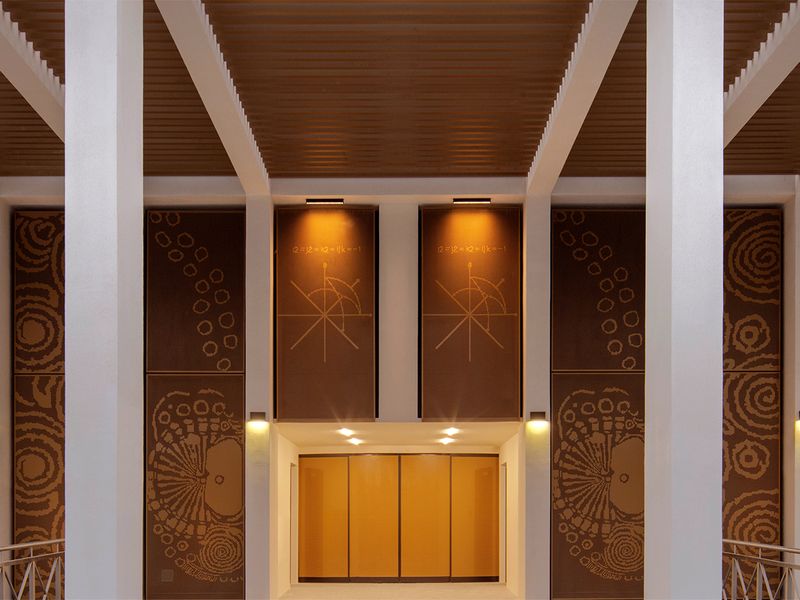
3 of 8
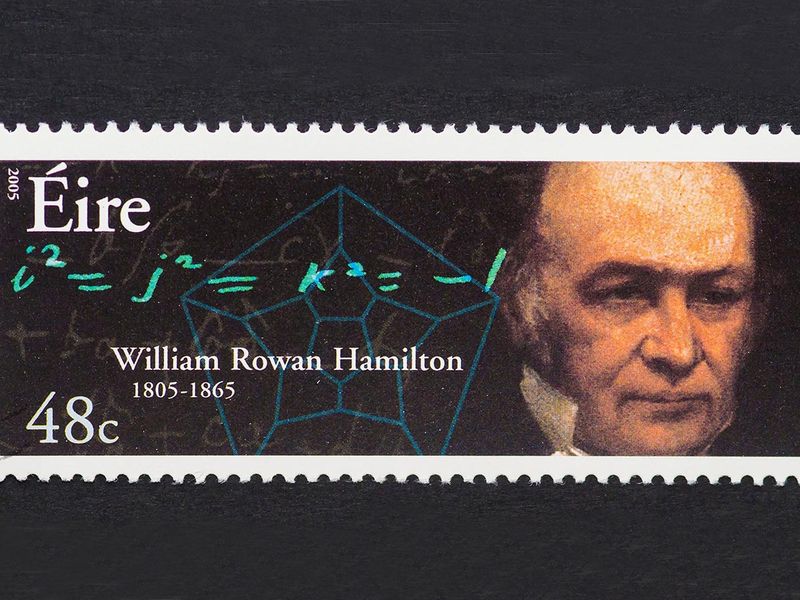
4 of 8
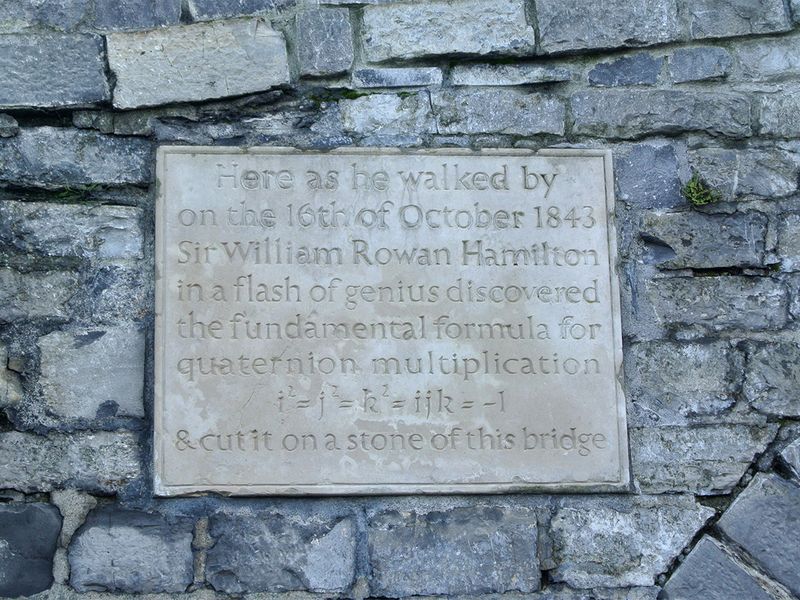
5 of 8
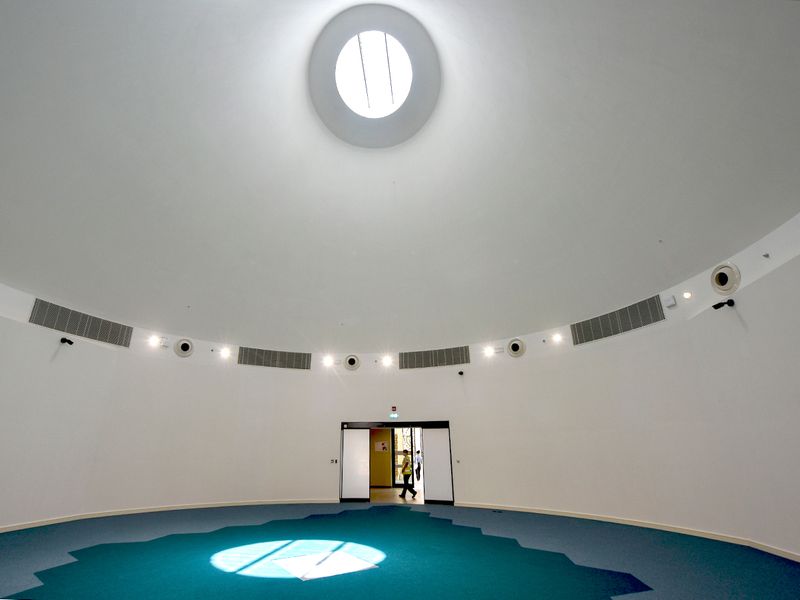
6 of 8
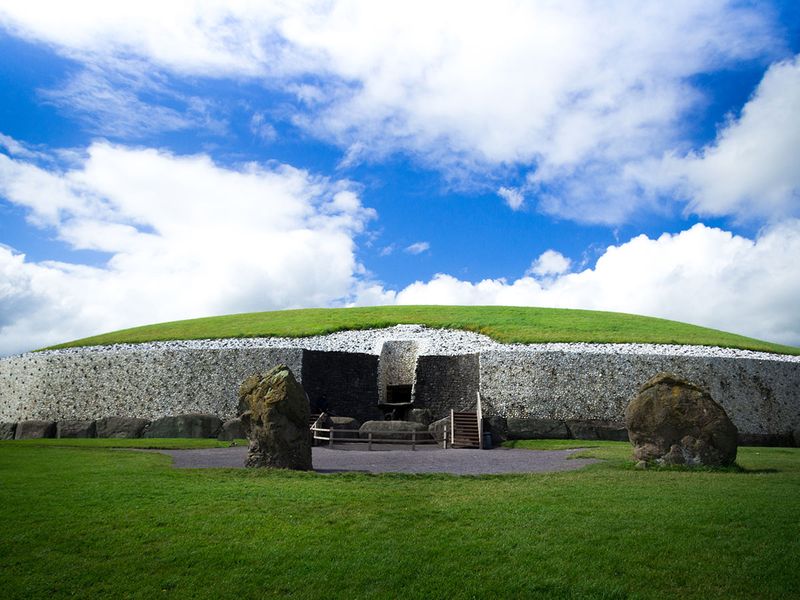
7 of 8
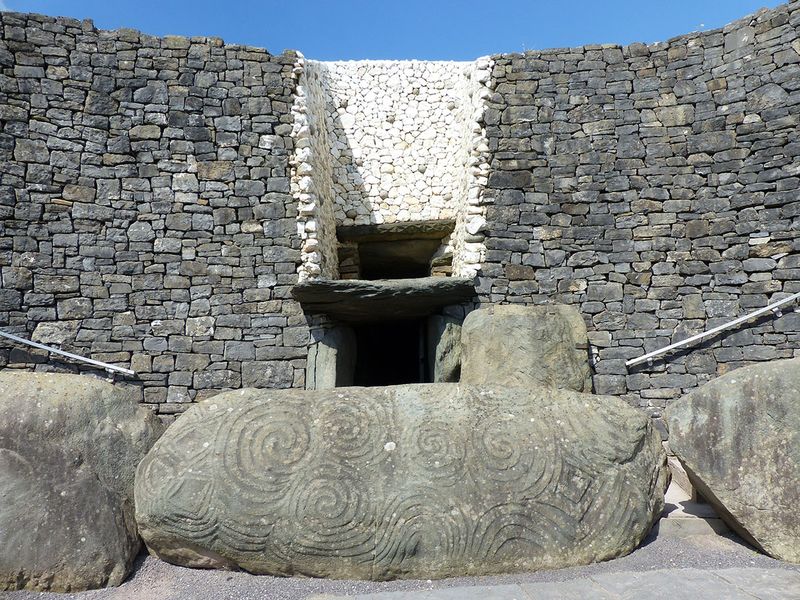
8 of 8
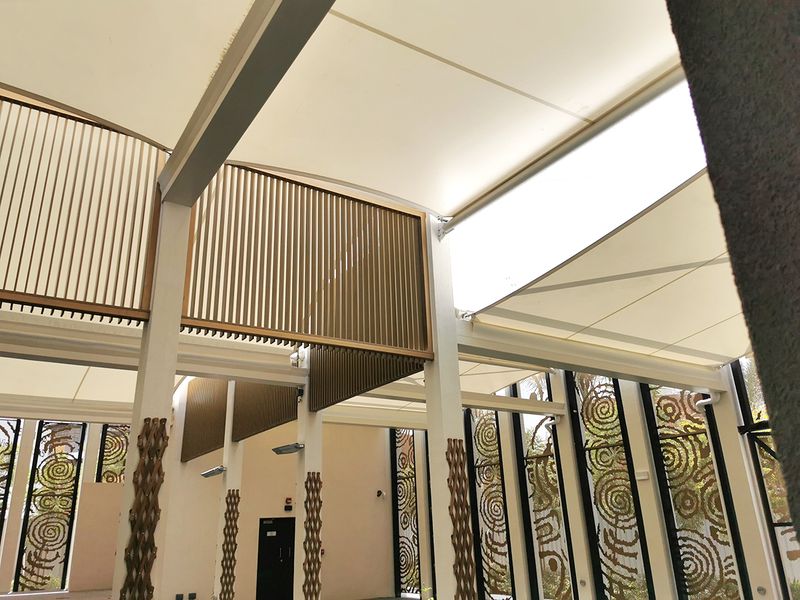
Ireland shows its mobility prowess through the sun and a 19th-century equation of rotation







